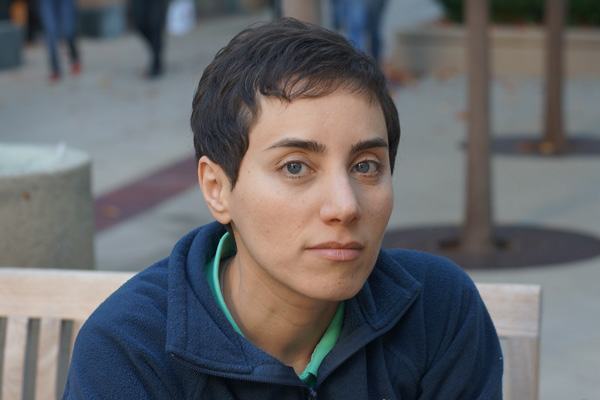Stanford University professor Maryam Mirzakhani made history this week by becoming the first woman to ever win the Fields Medal – known as the “Nobel Prize of mathematics” since its establishment in 1936.
“This is a great honor,” said Mirzakhani, who was born and raised in Iran. “I will be happy if it encourages young female scientists and mathematicians.”
The first Stanford recipient since Paul Cohen in 1966, Mirzakhani will be honored in recognition of her contributions to the understanding of the symmetry of curved surfaces.
The award recognizes Mirzakhani’s sophisticated and highly original contributions to the fields of geometry and dynamical systems, particularly in understanding the symmetry of curved surfaces, such as spheres, the surfaces of doughnuts and of hyperbolic objects. Although her work is considered “pure mathematics” and is mostly theoretical, it has implications for physics and quantum field theory.
‘Like solving a puzzle’
As a young girl in Tehran, she dreamed of becoming a writer. By high school, however, her affinity for solving mathematical problems and working on proofs had shifted her sights.
“It is fun – it’s like solving a puzzle or connecting the dots in a detective case,” she said. “I felt that this was something I could do, and I wanted to pursue this path.”
“I am sure there will be many more women winning this kind of award in coming years.”
Mirzakhani became known to the international math scene as a teenager, winning gold medals at both the 1994 and 1995 International Math Olympiads – she finished with a perfect score in the latter competition. Mathematicians who would later be her mentors and colleagues followed the mathematical proofs she developed as an undergraduate.
After earning her bachelor’s degree from Sharif University of Technology in 1999, she began work on her doctorate at Harvard University under the guidance of Fields Medal recipient Curtis McMullen. She possesses a remarkable fluency in a diverse range of mathematical techniques and disparate mathematical cultures – including algebra, calculus, complex analysis and hyperbolic geometry. By borrowing principles from several fields, she has brought a new level of understanding to an area of mathematics called low dimensional topology.
(READ more from Stanford News) – Story tip from Zaida





















:)well done:):):)wish you my best:)